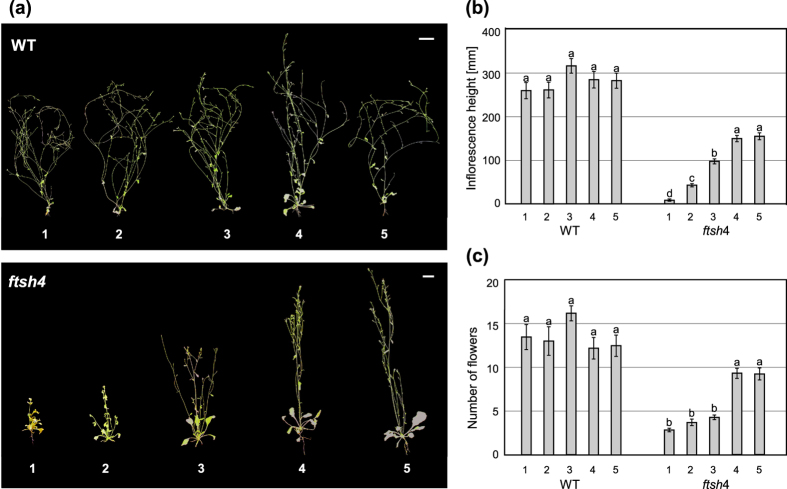Figure 2. The cumulative effect of continuous mild stress of 30 °C on the phenotype of ftsh4 mutants.
(a) WT and ftsh4 plants showing different phenotypes depending on the timing of transfer from LD 22 °C to 30 °C: (1) grown continuously at 30 °C, (2) two leaves, (3) juvenile, (4) adult, (5) after bolting. ftsh4 mutants’ ability to maintain the inflorescence meristem gradually decreases with time spent at 30 °C, indicated by the main stem height. Wild-type plants always have the same phenotype. Scale bars: 1 cm (b,c) The comparison of the inflorescence shoot activity assessed by (b) the height of the main stem and (c) the number of flowers of WT and ftsh4 mutant plants, depending on the timing of transfer from LD 22 °C to LD 30 °C. Main inflorescence height decreases, as does the number of flowers in the ftsh4 mutants. Mean values ± SE are shown. Significant differences between bars at p < 0.05 are denoted by different lower case letters.

